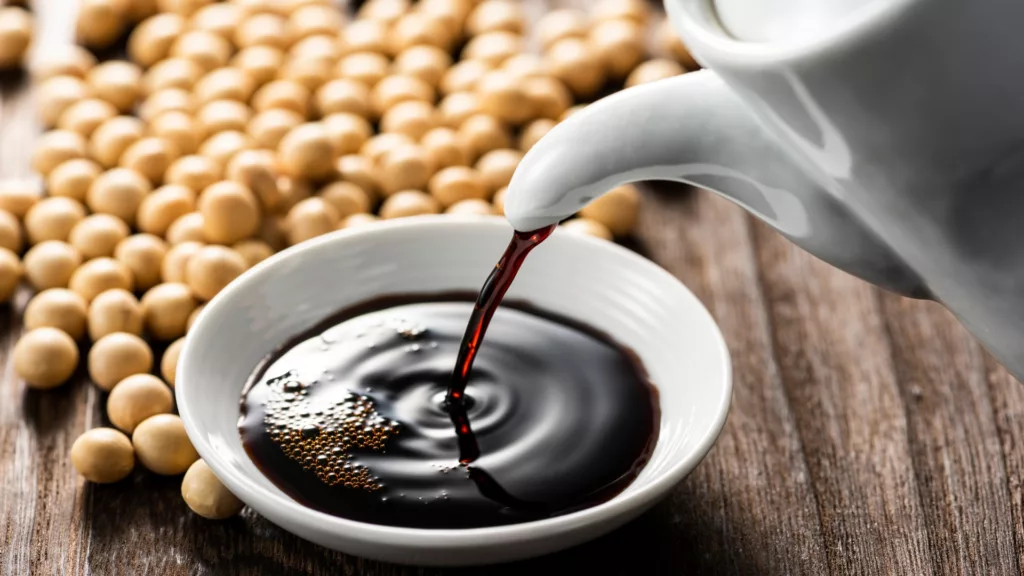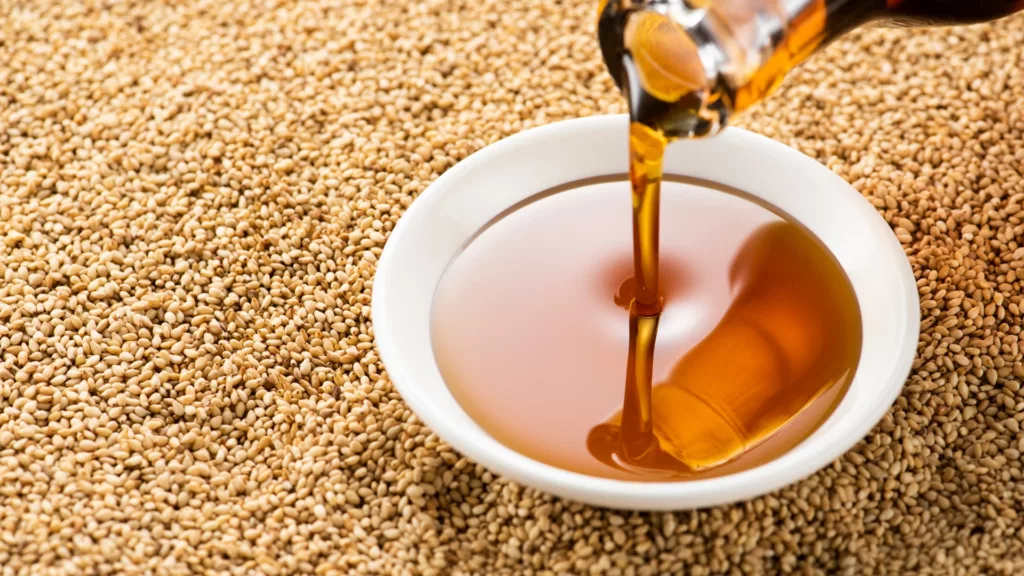The Korean culinary scene is broad, intricate, and delicious. Ganjang, or Korean soybean sauce, is one ingredient that dependably pops out in a variety of meals, linking them together with its umami-rich flavor. Today, we’ll unveil the mystery of ganjang, its several forms, and the distinct role each plays in Korean cookery.
Ganjang: More than Just a Soybean Sauce
Ganjang is just fermented soybean sauce. But don’t mistake it for the ordinary soy sauce found in supermarkets. It is rich in depth and variety, and it is strongly ingrained in Korean food tradition. Ganjang is made by fermenting soybeans, salt, and water and has been used in Korean cuisine for millennia. It’s more than simply a garnish—it’s an experience.Ganjang is a lot more than fermented soybean sauce. It is critical not to confuse it with the standard soy sauce offered in supermarkets. Ganjang has an unrivaled depth and variety that is strongly established in the Korean cooking culture.
This sauce is the result of a thorough fermenting process utilizing soybeans, salt, and water, a method that has been used for millennia in Korean cuisine. Furthermore, ganjang is not simply produced and then bottled. It is aged for several months to years in traditional vessels known as 장독(jangdok), allowing it to develop its trademark rich flavor and aroma. Ganjang is more than simply a condiment; it’s a voyage through the annals of Korean culinary history, an experience in and of itself.
Decoding the Various Ganjang Types
- Jin Ganjang (진간장): Often compared to “regular” soy sauce, Jin Ganjang is what most people think of when they hear the word “soy sauce.” Derived from the second pressing of soybeans, its clear and black appearance makes it ideal for flavoring meals. It has a typical salty taste with a hint of sweetness and can be used universally in most dishes.
- Guk Ganjang (국간장): This variation has a lighter color and is the saltiest among the soy sauces. Resulting from the first pressing, Guk Ganjang is primarily used to season soups, which is indicated by the word ‘guk’, translating to ‘soup’.
- Yangjo Ganjang (양조간장): This type of soy sauce is made through a traditional brewing process. It is fermented and aged, giving it a rich and deep flavor, distinct from Jin Ganjang. Yangjo Ganjang has less saltiness and possesses a unique umami flavor. It is particularly suitable for sauces, dressings, and salad mixtures.
Tips for Choosing Soy Sauce
- If you don’t cook often, you can use Jin Ganjang as a versatile substitute for most dishes.
- Purchase soy sauces with a TN (Total Nitrogen) index of 1.5 or higher for a richer taste and aroma.
The Essence of Ganjang: Culinary Delights Based on Soybean Sauce in Korea

- Bulgogi (불고기): Bulgogi is a popular Korean dish that consists of marinated, thinly sliced beef that is frequently grilled. Among other things, the marinade contains soy sauce (ganjang), sugar, and garlic.
- Ganjang Gejang (간장게장): This is a traditional Korean meal that consists of raw crabs marinated in soy sauce. The tastes are absorbed by the crabs, resulting in a distinct and deep flavor.
- Japchae (잡채): A stir-fried noodle meal made with sweet potato noodles, veggies, and occasionally meat. The spice sauce is made with ganjang, sugar, and sesame seeds.
- Banchan (반찬): Ganjang is commonly used to spice a variety of Korean side dishes. Seasoned spinach (시금치나물) and braised potatoes (감자조림) are two examples.
- Tteokbokki (떡볶이): While the most frequent type is hot and made with gochujang, there is also a soy sauce-based version known as “gungjung tteokbokki” or “ganjang tteokbokki”
- Galbi (갈비): These are Korean-style ribs with a marinade heavy on soy sauce and other spices including sugar, garlic, and Asian pear.
- Soybean Sprout Soup (콩나물국): This clear, pleasant soup is seasoned with guk ganjang.
- Cho Ganjang (초간장): This nuanced blend is a beautiful balance of ganjang and vinegar, accented with subtle undertones of chopped onion. For a gentle kick, a sprinkling of Korean chili powder is sprinkled on occasion. Cho Ganjang is an indispensable complement to scrumptious mandu(dumplings) and jeon(Korean pancakes), elevating these dishes to gourmet enjoyment. With its balanced, tangy flavor, this dipping sauce enhances the sensation of diving into a plate of mandu or enjoying a bite of jeon.
Why Is Ganjang Essential in Korean Cuisine?
If there is one thing that distinguishes Korean food, it is the flavor balance. Every taste has a harmony, whether it’s the hot blast of kimchi or the hearty warmth of bibimbap. Ganjang, in its various forms, provides this equilibrium. It’s the unsung hero of the Korean kitchen, from the salty depth of guk ganjang in a warm soup to the bright zing of cho ganjang in a chilly salad.
Conclusion
Understanding ganjang may appear to be a culinary maze to those unfamiliar with Korean cuisine. However, if you go deeper, you will discover that this simple soybean sauce is a testament to the complexities of Korean cooking. It’s more than just adding salty to a meal; it’s also about providing spirit. So, the next time you plunge into a Korean dish, remember to appreciate the ganjang, since that’s where the magic actually lies.



